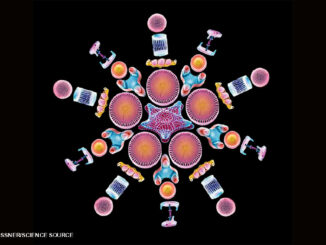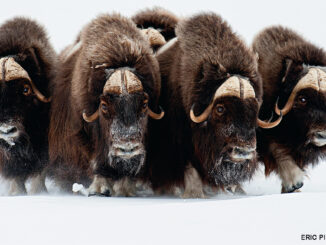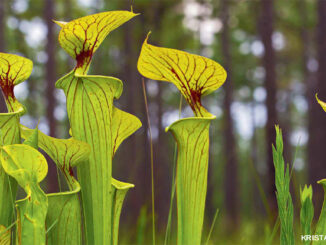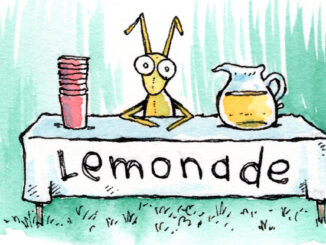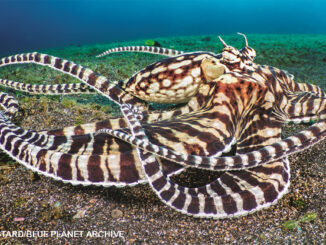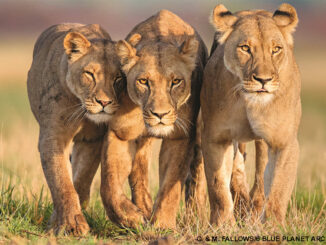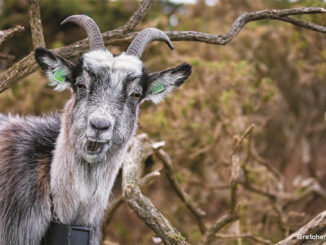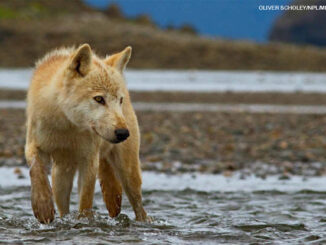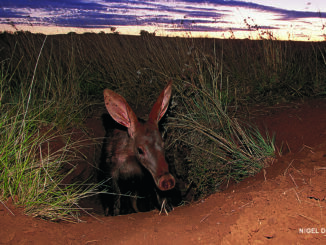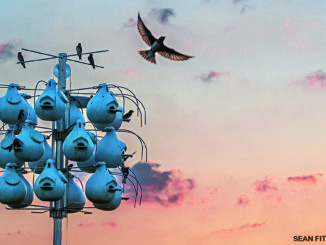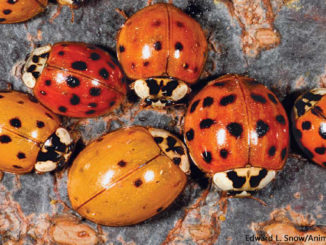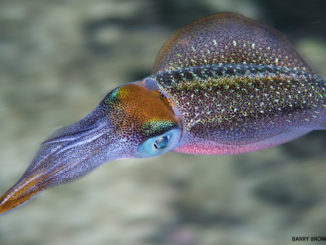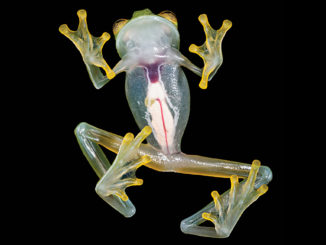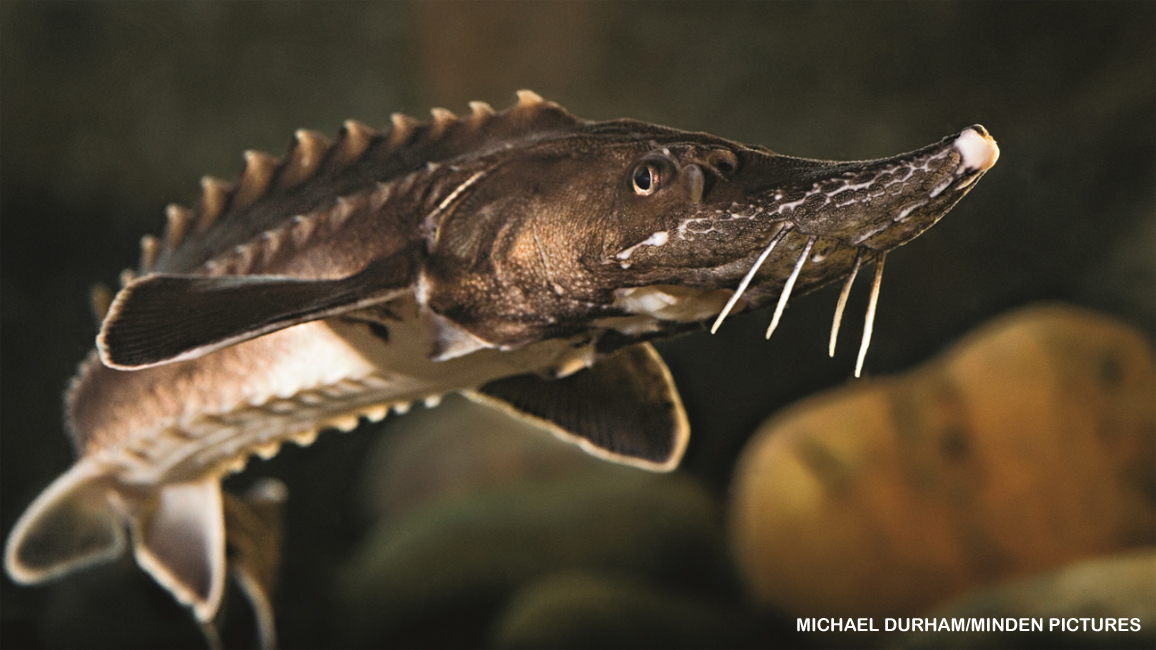
Dino Fish: Sturgeons
By Solomon David“Living fossils” like this may be swimming somewhere near you!
Did you know there are giant fishes in some of our rivers and lakes? They look a little like sharks, and their ancestors have been around since the time of the dinosaurs! Sturgeons (STUR-juns) are an ancient group of fishes that have been swimming the Earth for over 140 million years. In fact, if you compared a fossil sturgeon to a sturgeon that’s alive today, you’d see that they look pretty much the same. That’s why sturgeons are often called “living fossils.”
 STURGEONS GREAT AND SMALL
STURGEONS GREAT AND SMALL
There are 25 species of sturgeons, and most are found in Europe and Asia. But eight species live in North America’s rivers, lakes, and coastal waters. The largest is the white sturgeon, which also happens to be North America’s biggest freshwater fish. In the United States, white sturgeons live along the west coast. This kind of fish can grow to be longer than a minivan and heavier than a grizzly bear!
Sturgeons can live a long time—some more than 150 years. (Most kinds of fish live only a few years.) The smallest North American sturgeon is the shovelnose sturgeon, named for its flat, wide, shovel-like snout. This sturgeon lives in the Missouri and Mississippi rivers, as well as smaller rivers nearby. It grows to be only about three feet long. But for a freshwater fish, that’s still pretty big!
BUILT TO SURVIVE
Sturgeons have some special features that have helped this group of fishes survive for millions of years. For one thing, they’re tough. Their bodies are covered in rows of bony, scale-like plates called scutes. These act as a suit of armor against attacks by predators. And that’s especially important for young sturgeons.
Also, sturgeons have skeletons made mostly of cartilage (KAR-tuh-lij). Cartilage is the bendy stuff in your nose and ears. A skeleton made of cartilage is lighter than one made of bone. So sturgeons can swim using less energy.
FOOD VACUUM
Even though sturgeons can grow to be really big, they like to eat small foods such as snails, insects, and sometimes little fishes. To help them find food, sturgeons have four whisker-like barbels (BAR-bulz) under their snouts. The barbels are covered with taste buds. A sturgeon’s snout also has special organs that sense small amounts of electricity given off by prey. Once a sturgeon finds food, it extends its mouth and sucks up its meal!
HOME AGAIN
Although some adult sturgeons live in the ocean, all sturgeon species get their start from eggs laid in fresh water. They may travel hundreds of miles up rivers to find the right spots—usually the same places where they hatched many years before! Sturgeon parents don’t provide any care for their young, but they do try to find protected, gravelly areas to lay their eggs. When the eggs hatch the baby sturgeons are on their own. They drift downstream until they find safe places to eat and grow.
HELP FOR STURGEONS
Unfortunately, most sturgeon species are in big trouble. Dams that people built on rivers are one problem. They block sturgeons from getting to good places to lay their eggs. People also catch and kill sturgeons and then remove their eggs to make a fancy food called caviar (KAVee-ar). People have caught so many sturgeons that their numbers have fallen. And in some places, the fishes have disappeared altogether.
Thankfully, scientists are working on ways to help sturgeons. One way is by raising baby sturgeons in special tanks, which gives them a head start at surviving. When they are bigger and stronger, they’re released into the wild.
Also, people are removing old dams. That means more sturgeons can travel upstream to lay their eggs. As people keep trying to help sturgeons, let’s hope we’ll see more of these dino fishes in the future!
MEET ANOTHER DINOSAUR FISH
Sturgeons have a cousin that looks like a shark with a long, paddlelike snout—which is why it’s called the paddlefish! A paddlefish uses its sensitive snout to find tiny animals called plankton in rivers and lakes. Then it opens its huge mouth and filters the plankton out of the water.
Like sturgeons, paddlefish are often called “living fossils” because they’ve changed very little since dinosaur times. And, just as sturgeons do, paddlefish need to swim upstream to lay eggs. When a baby paddlefish first hatches, it has no paddle. But as the fish grows, a paddle does, too! Scientists are helping paddlefish by raising
them in tanks, which gives them a safe place to grow. Later the scientists release the fish back into large rivers.




